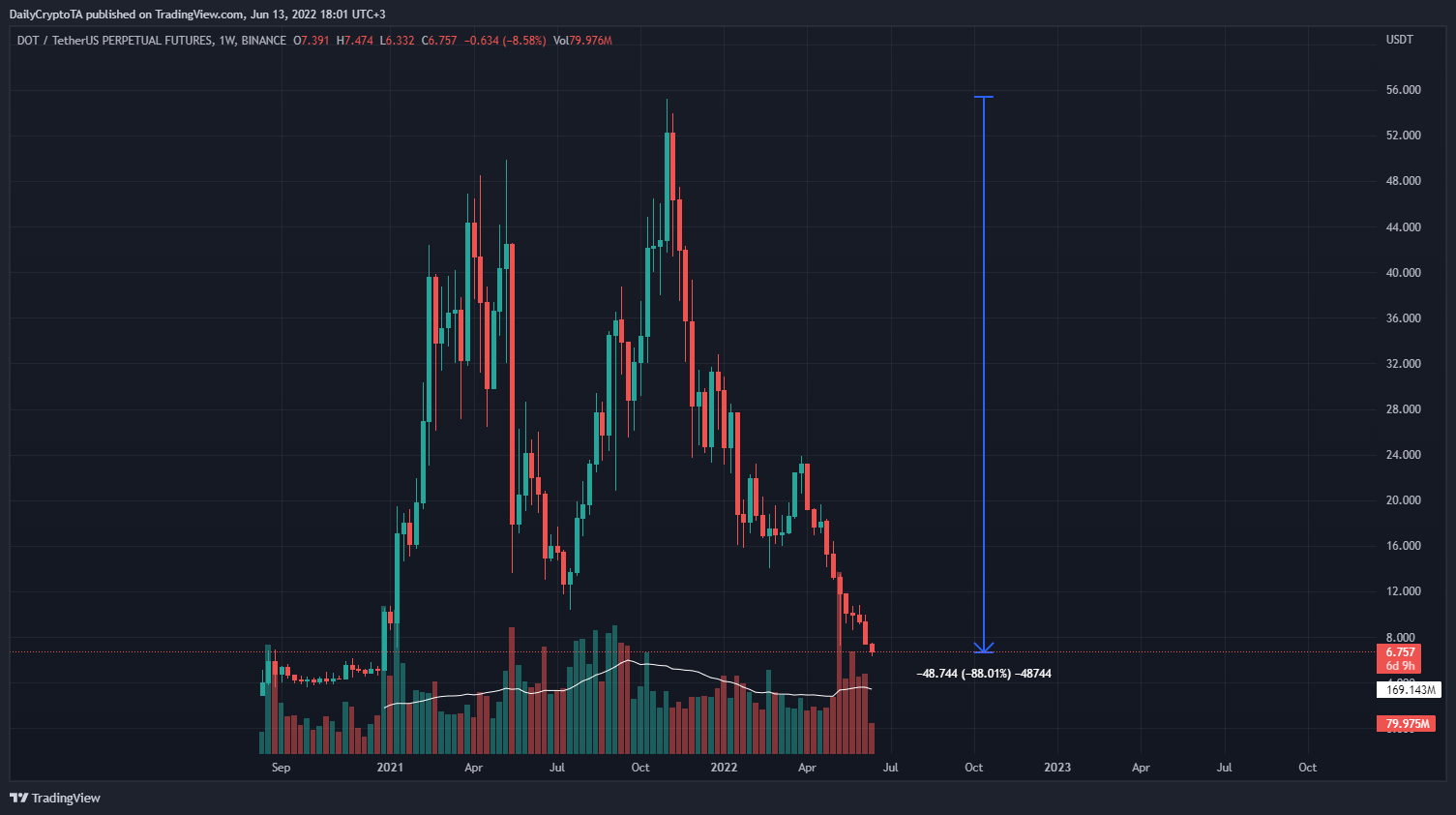
Ethereum and Bitcoin are the two most influential cryptocurrencies built on blockchain technology. However, they have distinct origins, objectives, and capabilities.
The Launch
Bitcoin was first launched in 2009 as a decentralized digital currency for peer-to-peer electronic payments outside of government or corporate control. Its primary goal is to provide a secure, decentralized, scarce form of digital money for online transactions and as a store of value.
Ethereum debuted in 2015 as a more flexible and programmable platform inspired by Bitcoin. Its main objective is to enable the development and execution of smart contracts and decentralized applications without downtime, fraud, censorship, or third-party interference.
Market Valuation
In terms of market value, Bitcoin has the largest market capitalization at over $800 billion as of February 8, 2024, accounting for over 40% of the total cryptocurrency market. It has the most widespread adoption and trade volume of any cryptocurrency, with millions of users and thousands of merchants accepting it.
Ethereum is the second-largest cryptocurrency by market capitalization at over $280 billion as of February 8, 2024, comprising around 18% of the total cryptocurrency market. It also has the most extensive development and use of any platform for smart contracts and decentralized applications, with thousands of projects and millions of users dependent on its network. Ethereum is also the foundation for many other popular cryptocurrencies and tokens like Binance Coin, Chainlink, and Uniswap.
PoW (Proof-of-Work)
Both Bitcoin and Ethereum currently employ a proof-of-work consensus mechanism to validate transactions and secure their networks. This requires miners to compete to solve complex mathematical problems and be rewarded with new coins and fees. However, proof-of-work limits scalability and efficiency since both can only process a finite number of transactions per second and often face congestion and high fees during peak demand.
For example, Bitcoin can only process about 7 transactions per second with average confirmation times of 10 minutes and average fees of around $10 as of January 2024. Ethereum can process approximately 15 transactions per second with average 15-second confirmation times and average fees of $20 as of January 2024. However, these metrics can vary substantially based on network conditions and transaction complexity.
Scalability
To enhance scalability and performance, both Bitcoin and Ethereum are developing various upgrades and innovations. Bitcoin has deployed solutions like SegWit, which increases block size and reduces transaction size, and the Lightning Network for fast, inexpensive off-chain transactions. Ethereum is transitioning from proof-of-work to a more efficient proof-of-stake consensus that will eliminate the need for energy-intensive mining and enable sharding to split the network into parallel chains to significantly increase transaction speed and reduce cost.
Mining and Rewards
Bitcoin utilizes proof-of-work mining, which means only miners can participate in the network and earn rewards. Bitcoin mining necessitates specialized hardware and massive amounts of electricity. Mining rewards are programmed to halve every four years, with the current reward at 6.25 BTC set to fall to 3.125 BTC in 2024.
Ethereum currently allows both miners and stakers to participate and earn rewards. While similar to Bitcoin mining, Ethereum mining needs substantial memory and is more accessible for ordinary users with GPUs. A difficulty bomb makes mining progressively harder over time to disincentivize miners after the shift to proof-of-stake. The present Ethereum block reward is 2 ETH, dropping to 0.6 ETH post-transition.
Once fully transitioned to proof-of-stake, only stakers will be able to participate on the Ethereum network and gain rewards. Ethereum staking requires a minimum of 32 ETH to run a validator node and join the network. It also utilizes a slashing system to penalize malicious or faulty stakers. The currently projected reward for Ethereum staking is approximately 5% annually, subject to fluctuation based on the number of stakers and network activity.
Functionality
In terms of functionality, Bitcoin supports only basic smart contract capabilities mostly used for simple functions like multi-signature wallets, timelocks, and escrow services. Bitcoin decentralized applications are rare and focused largely on payment solutions.
Conversely, Ethereum facilitates complex smart contracts coded in Solidity and executed on the Ethereum Virtual Machine. Ethereum decentralized apps are abundant across many use cases like decentralized finance and non-fungible tokens for unique digital assets.
Parting shot
While Bitcoin focuses narrowly on peer-to-peer electronic cash, Ethereum enables more advanced blockchain applications. Nevertheless, both play an influential role in advancing blockchain adoption through different approaches. Ultimately, individual users and investors must evaluate their own needs and objectives when deciding between the two.
Personal Note From MEXC Team
Check out our MEXC trading page and find out what we have to offer! There are also a ton of interesting articles to get you up to speed with the crypto world. Lastly, join our MEXC Creators project and share your opinion about everything crypto! Happy trading! Learn about interoperability now!
Join MEXC and Start Trading Today!



